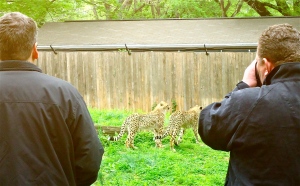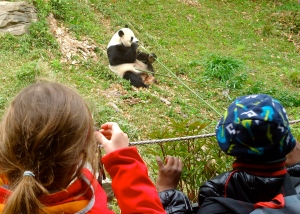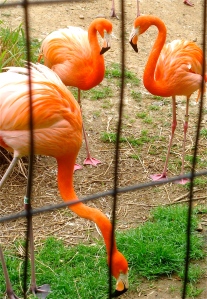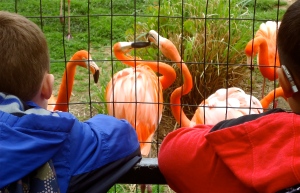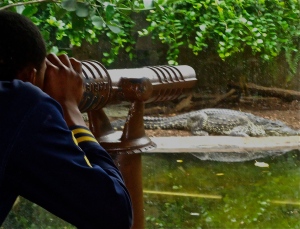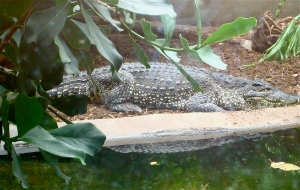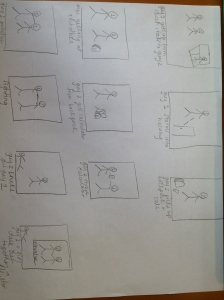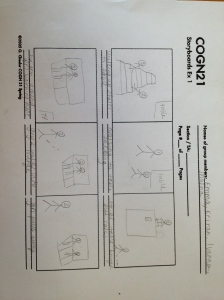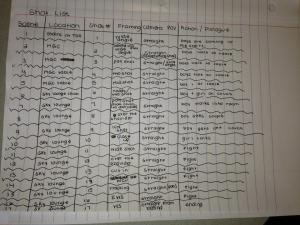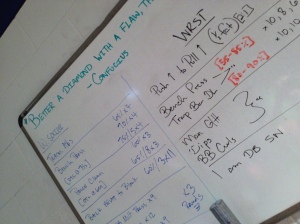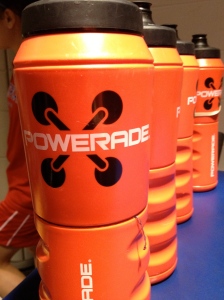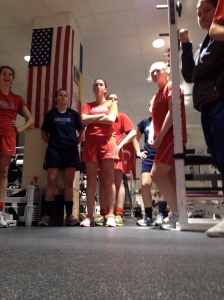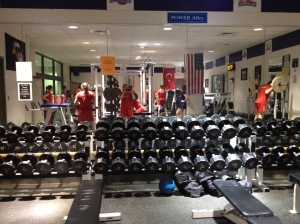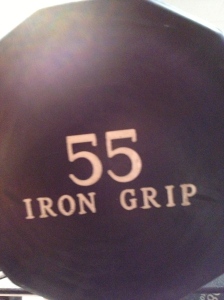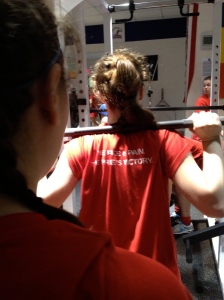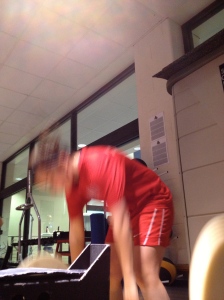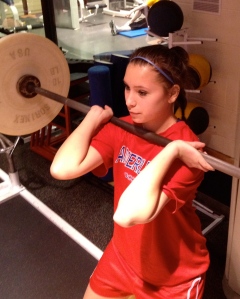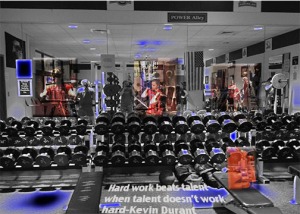I wanted my photo essay to speak for itself and help its viewers realize the importance of biodiversity. Specifically looking at zoos’ in general, humans need to become aware of the prisons these animals are placed in everyday. Yes, there are pros and cons to every situation but in this case I think there are more cons that our society does not think about. We use zoos’ for entertainment and education but disregard the circumstances some of these animals are placed in. I wanted my pictures to depict the emotion these animals feel when being stared at by hundreds everyday. Professor Williams helped me work out the types of pictures I should capture in our meeting. She suggested capturing the same two types of images but for an array of species. One image would be of the visitors observing the animals and the second a closeup of the animals behind its fence or glass. Although we met after I already visited the zoo, it was decided I would have to go back and try to take some higher quality photos therefore I included this in my pre-production section.
There was a variety of research that helped my narrow down my topic. After reviewing IZILWANE’s website, one particular quote from their brochure stuck with me. “We believe that as human beings become aware that we are merely one of many species and not separate from local and global ecosystems, we will choose to live in ways that value all species.” One of my main goals when starting this project was to bring awareness to humans on the lifestyle we are living. Currently, humans do not live in ways that value all species, we over consume and overproduce constantly hurting our environment. Our society is ruining natural habitats by the minute which is causing extinction to occur at its fastest rate in 100,000 years (The Loss of Biodiversity). At these current rates, over half of the species will be gone by the end of this century alone (The Loss of Biodiversity). I think if people stop and consider this fact, one of those so called “eye-opening” moments will occur. The organization People for the Ethical Treatment of Animals otherwise known as PETA, also influenced the ambience I wanted to evoke in my photos. I know they are only represent one side on the controversy of zoos’ but they have a great article voicing some of the major anti-zoo reasoning. The article states “ The zoo community regards the animals it keeps as commodities, and animals are regularly bought, sold, borrowed, and traded without any regard for established relationships” (Animal Rights Uncompromised) The disrespect animals receive is heartbreaking considering they are a species just as humans are. PETA also mentions that zoos’ breed animals for the sole fact that the babies will boost revenue when born yet their future is usually unfavorable once they outgrow their “cuteness” stage (Animal Rights Uncompromised). It is sad to think the animals have to be young and unfamiliar to the public to be more popular. As these animals grow and develop, there comes a vast amount of physical and mental frustrations. The article refers to the captivity leading to “abnormal, neurotic, and even self-destructive behavior, such as incessant pacing, swaying, head bobbing, bar-biting, and self-mutilation” (Animals Rights Uncompromised). With all the compiled research I found I was convinced there was more harm in zoo’s than good. As a result my goal was to shape people’s views and heighten their awareness of the effect zoos’ are having on biodiversity.
The only main difficulty I faced before production was finding a time to visit The National Zoo. As my soccer season came to an end there were many hours put in on and off the field that were of course mandatory. This really affected finding enough time to make a visit and being able to spend a decent amount of time once I was there. Also with classes spread out everyday finding a large enough window of time was challenging. I also did not have a camera to use other than my phone but managed to find one from a teammate which worked to my advantage.
I made two different visits to the zoo because the first one did not really go as planned. I brought my shot list and thought I knew what I wanted to capture. Turns out I didn’t. I tried taking different angles evoking certain emotions but my execution was poor. It also was a very hot day, so the weather did not help my judgement and patience. The second time I visited, it was cooler out and I knew exactly what I wanted to capture. This helped a tremendous amount. Each visit I was there for a few hours, mainly so long because the exhibits are very spread out. The first time was a little longer because I was flustered and unclear of what I really wanted. The second time I got a map and knew exactly where I wanted to go. I think my execution was more valuable the second visit because I was determined to get the right shots. I used a Sony Cyber-shot to take the shots and iPhoto to upload and edit the images. I didn’t have many problems with editing, it was mainly was used to crop the images and make them sharper. I played around with the contrast, exposure, and saturation to make them as appealing as possible.
My biggest disappointment was thinking I knew what I wanted to capture and getting to the zoo and being puzzled. On the other hand I think my biggest success was realizing what I needed to capture and going a second time and executing it well. I definitely learned that I should have put a little more thought into the types of images I wanted to take beforehand. Even though I still was able to capture the correct images, it would have saved me a trip knowing what I really wanted the first visit. The final result is a bit different from my original idea in terms of variety of photos. I didn’t think I would be taking the same types of images but of different species. I thought it was going to be a wide variety of species and types of shots but I like the way I executed the photo essay better in the end. To improve my work I think I maybe would try harder to visit the zoo at either sunrise or sunset so the lighting makes the photos more powerful. A better camera would have helped in this case as well. I think working for a cause is a great way to inspire students to become more involved and motivated to put the effort in. IZILWANE is a great organization and really opened my eyes in regards to biodiversity. I am definitely inspired to become more involved in helping biodiversity from decreasing and to educate friends and family of the serious problem it is. Overall, I think I conveyed what I wanted to from the beginning. Just as life is there were bumps in the road but in the end I made it all come together and hopefully made an impact on its viewers.
“Animal Rights Uncompromised.” People for the Ethical Treatment of Animals. PETA, n.d. Web. 22 Apr. 2013. <http://www.peta.org/about/why-peta/zoos.aspx>.
Horton, Jennifer. “Are Zoos Good Or Bad For Animals?” Animal Planet. N.p., n.d. Web. 23 Apr. 2013. <http://animal.discovery.com/animal-facts/zoos-good-or-bad1.htm>.
“Outreach Materials.” Izilwane.org. IZILWANE, n.d. Web. 23 Apr. 2013. <http://www.izilwane.org/izilwane-in-print.html>.
“The Loss of Biodiversity.” Biology Biozine. N.p., n.d. Web. 23 Apr. 2013. <http://biologybiozine.com/articles/unit-8-animals/the_loss_of_biodiversity-php>.

